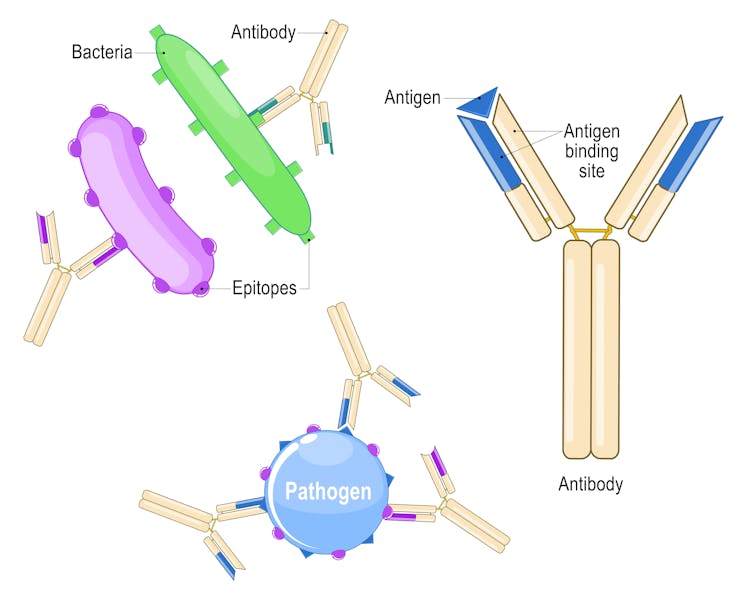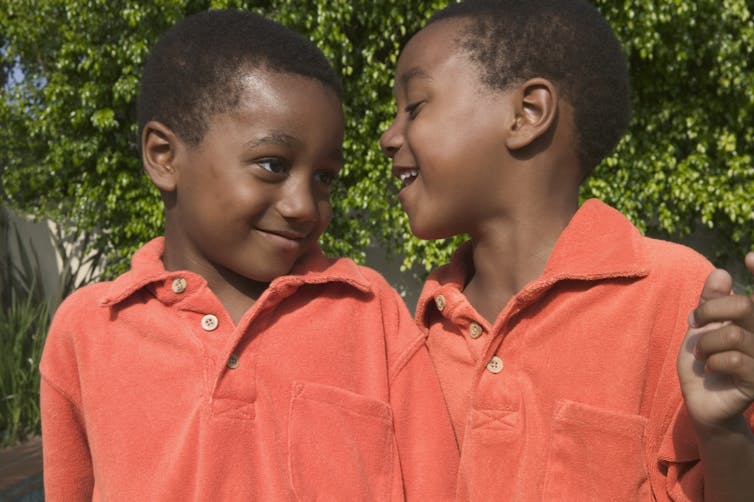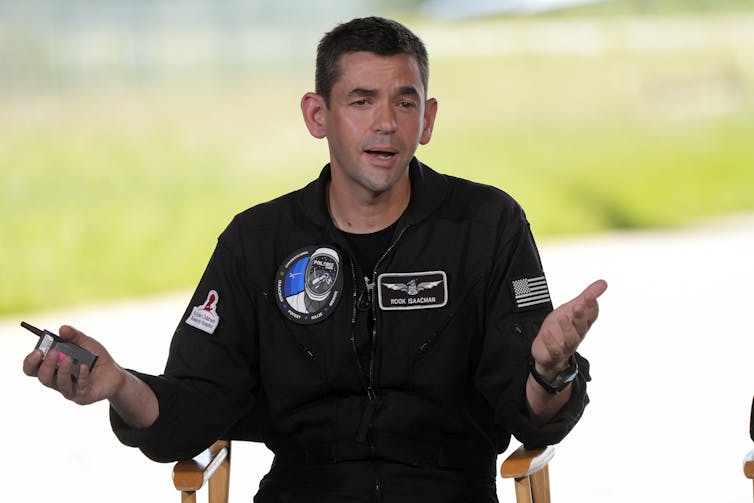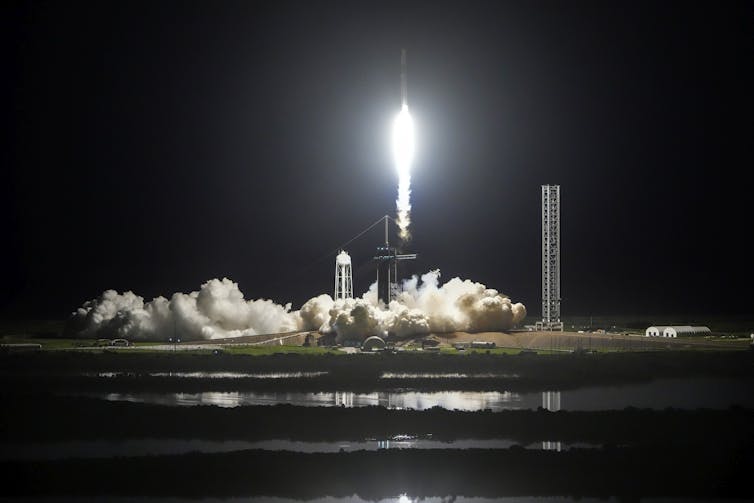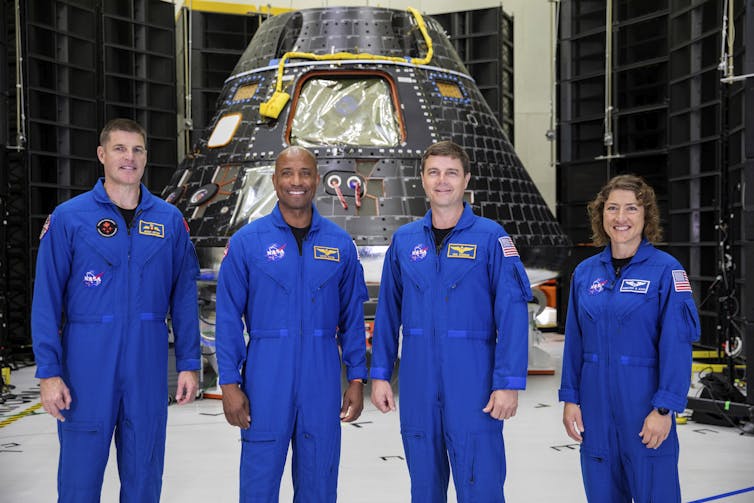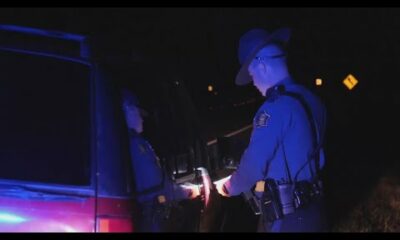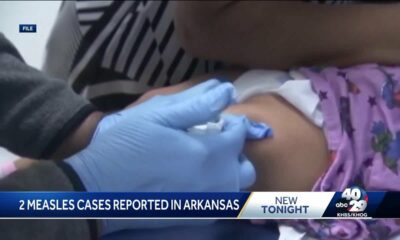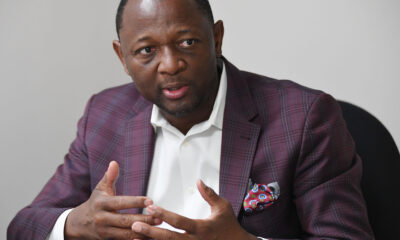
Brandon Bell/Getty Images
Dan DeBree, Texas A&M University
Over the past half-decade, the state of Texas has been pushing an evolution in the administration and enforcement of immigration law. Stepping into a traditional federal role, state lawmakers in 2023 passed Senate Bill 4, allowing Texas police to arrest those illegally crossing the border from Mexico.
But that law, which survived court challenges, is not the only place where the state has taken on traditional federal responsibilities. The Conversation’s senior politics editor, Naomi Schalit, spoke with Texas A&M professor Dan DeBree, a former Homeland Security official and Air Force veteran, about the other moves Texas has made that likely put it in a position to be a key player in carrying out immigration enforcement actions by the Trump administration.
What role has Texas taken in immigration enforcement at what levels of government?
Texas is the epicenter of the struggle between federal and state entities.
Traditionally, immigration and border security has been the role of federal law enforcement agencies, first and foremost Customs and Border Protection, which includes the Border Patrol.
Another essential federal agency is Immigration and Customs Enforcement, more commonly known as ICE. One portion of ICE – enforcement and removal operations – is responsible for conducting deportations and taking people back to their country of origin.
Customs and Border Protection is concentrated along the southern border. They cooperate closely with Texas and its Department of Public Safety.
By the nature of law enforcement, they’re generally cooperating very closely with them at all times. As an example, in a search and rescue mission, whichever agency is closest – the local sheriff’s department or state Department of Public Safety or federal Border Patrol – cooperates on a very granular level with the nearest available assets to find the missing person.
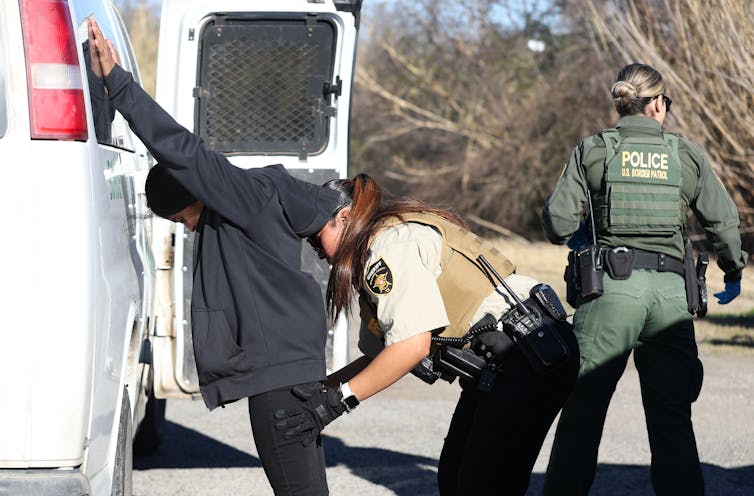
Lokman Vural Elibol/Anadolu via Getty Images
Traditionally, the Texas Department of Public Safety would not be primarily responsible for apprehending border crossers. On the border, that is purely the purview of Customs and Border Patrol. And for a long time now, the National Guard, whether it be the Texas National Guard or from other states, has had a role in border security too. The Texas National Guard is deployed within Texas.
But there’s also National Guard from around the country who, in small batches, usually are deployed to either take some of the pressure off of a state, whether it be Arizona or Texas, to help them with that mission. Those are not federal troops. They’re state troops, serving under and deployed by the governor. There are also some federal troops in a joint task force used primarily for support purposes and not deployed in the field to do apprehensions.
It’s not every border state that has its police function getting involved in border enforcement. How did that develop over the past five years?
That developed mainly because this is an unprecedented migration. So at times – both geographically and temporally – Border Patrol would be overwhelmed. They’ve got a thin green line out there – they wear green uniforms – that just can’t hold it all back. And obviously there was tension between the administration in Texas, with the Biden administration in particular.
Some of these cities on the border were quite overwhelmed. You know, I remember seeing at a conference a representative from El Paso speaking to a representative from New York City, and the person from New York City was complaining about being overwhelmed by migrants. The detective from El Paso, from the Department of Public Safety, calmly responded with his corresponding numbers, and they were just staggering for a city of that size.
And you know, in El Paso, you can say, “Hey, this is a federal responsibility to take care of this all you want.” But if, in reality, it’s not happening because the federal assets are being overwhelmed through no fault of their own, then something needs to be done, right?
So that’s basically a political conflict between the state government and the federal government over what’s not being done. And I do have sympathy for all border states, but Texas in particular, and these border areas. There is a humanitarian crisis. That’s what I call it. It’s a humanitarian crisis going on on the border – caused by an unprecedented worldwide migration – and it does need to be addressed.
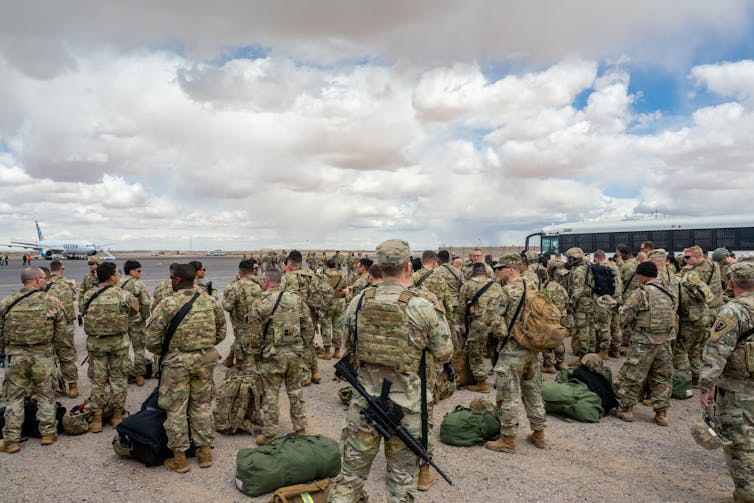
Brandon Bell/Getty Images
Besides the federal presence, this state involvement includes everything from the National Guard down to local police. It’s pretty much every level of government in Texas that’s involved in this?
I have a capstone research project with the Brooks County Sheriff’s Department. The immigration or humanitarian crisis on the border is overwhelming them. They have many, many, many unrecovered remains out in the desert over 942 square miles.
With few deputies patrolling that wide area, it will take generations to address that. And then, every day, particularly in the summer, they must conduct search and rescues for migrants who are in distress. There’s a steady flow of migrants through Brooks County. When they realize that they’re not going to make it they call 911, and every level of law enforcement is involved at some point or can be involved.
How do you see what Texas is doing meshing with a new federal immigration and border policy from the Trump administration?
The Texas state government will probably be lined up more closely with the new administration in their contention that there’s an invasion at the border. While I personally don’t like that term, I think there are sympathetic ears in the Trump administration to that argument, so I think that there will be cooperation or more support or funding from federal agencies.
I think, though, at the tactical level, such as the Brooks County sheriff dealing with the state Department of Public Safety and dealing with Customs and Border Patrol, I don’t think there’ll be much change.
When I was at the Department of Homeland Security, I worked for the Obama administration. Then I worked for the Trump administration, and then at the end I worked for the Biden administration. And you know, you would have thought that there would be drastic changes and big rudder movements, but there really weren’t.
The behemoth of a federal bureaucracy is pretty tough to move. Every administration comes in promising big, big changes, and in the end it usually falls short of the drastic promises.
There will be executive orders on immigration at the federal level, and we have seen the same tool used at the state level. And I understand this is part of politics. As an example, Texas Gov. Greg Abbott declared Mexican drug cartels or criminal organizations as terrorist organizations via executive order. I’m not necessarily on board with that – again, definitions are important – but sometimes words are used for emphasis or to even be inflammatory. I think we’ll see less of that from the state, because I think that the two administrations will be more aligned, so there won’t be a need for it.
My border security classes tends to result in more emotion than almost any other class I teach. When I talk to the students, I like to back up a second and go, “Whatever we think about this, it is a humanitarian crisis.”
I don’t know that it can be solved, but we have got to figure out a way to mitigate it, and what we’re doing when we mitigate a humanitarian crisis is we’re reducing human suffering. And I don’t think there’s anybody on any side of the aisle who can’t get on board with that, and that’s the way I frame it.![]()
Dan DeBree, Associate Professor of the Practice, Texas A&M University
This article is republished from The Conversation under a Creative Commons license. Read the original article.















